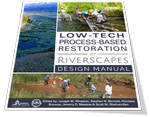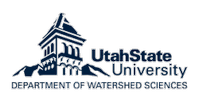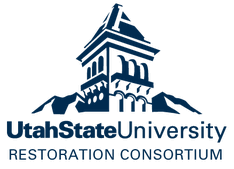2019 Field Workshop Series
Overview
 Thanks to the generous support of the Natural Resource Conservation Service’s Sage Grouse Initiative and Working Lands for Wildlife Initiative, a grant through Pheasants Forever to Utah State University’s Restoration Consortium and Joe Wheaton’s ET-AL lab are able to deliver a series of workshops to NRCS conservationists and their partners throughout the west. This series was envisioned by Jeremy Maestas (NRCS/SGI) and is possible thanks to partner matches by various local organizations in each state (see each state page) and matching funds from Utah State University. This grew out of the successful 2016 Enhancing Mesic Habitat Resilience in Sagebrush Ecosystems Workshop at Utah State University and the 2018 workshop series.
Thanks to the generous support of the Natural Resource Conservation Service’s Sage Grouse Initiative and Working Lands for Wildlife Initiative, a grant through Pheasants Forever to Utah State University’s Restoration Consortium and Joe Wheaton’s ET-AL lab are able to deliver a series of workshops to NRCS conservationists and their partners throughout the west. This series was envisioned by Jeremy Maestas (NRCS/SGI) and is possible thanks to partner matches by various local organizations in each state (see each state page) and matching funds from Utah State University. This grew out of the successful 2016 Enhancing Mesic Habitat Resilience in Sagebrush Ecosystems Workshop at Utah State University and the 2018 workshop series.
Three Workshops, Three Western States
A series of workshops will be hosted in the summer of 2019 to connect local NRCS conservationists and partners in their states who are interested in how to use low-tech process-based restoration to restore riparian areas to benefit wildlife and working lands.
 COLORADO WORKSHOP
COLORADO WORKSHOPJuly 30 to August 1, 2019
Gunnison, Colorado
 MONTANA WORKSHOP
MONTANA WORKSHOPAugust 6 to 8, 2019
Lewistown, Montana
 IDAHO WORKSHOP
IDAHO WORKSHOPAugust 13 to 15, 2019
Hailey, Idaho
Course Materials
Slides & Handouts
Workshop Textbooks
For the workshops, we primarily relied on the new Design Manual and the Pocket Guide, which Working Lands for Wildlife Initiative generously provided free copies of to each participant. Free electronic versions are below. Print copies of manual are available for $60 on Amazon and print runs of the pocket guide can be arranged.
- Wheaton J.M., Bennett S.N., Bouwes, N., Maestas J.D. and Shahverdian S.M. (Editors). 2019. Low-Tech Process-Based Restoration of Riverscapes: Design Manual. Version 1.0. Utah State University Restoration Consortium. Logan, UT. 286 pp. DOI: 10.13140/RG.2.2.19590.63049/2.
- Wheaton JM, Wheaton A, Maestas J, Bennett S, Bouwes N, Shahveridan S, Camp R, Jordan C, Macfarlane W, Portugal E, Weber N. 2019. Low-Tech Process-Based Restoration of Riverscapes: Pocket Field Guide. Utah State University Restoration Consortium. DOI: 10.13140/RG.2.2.28222.13123/1.
More Background
Through SGI 2.0, NRCS has committed to work with landowners and partners to help protect and restore mesic habitats, such as riparian and wet meadow areas, to benefit sage-grouse. While a variety of mesic conservation strategies exist, relatively simple and low-cost alternatives are a potentially important part of toolbox for restoration at scales relevant to sage-grouse.
Over the last decade, a renewed recognition of the role of the once widespread beaver has revealed insights about how this ecosystem engineer greatly impacts riparian function and accelerates recovery of degraded systems. Drawing upon lessons learned about how nature heals systems, Beaver Dam Analogues (BDAs) have emerged as a low-cost restoration tool designed to mimic beaver activity to restore hydrologic function and ecological processes in incised channels. BDAs are becoming an increasingly popular bioengineering technique employed by partners across the West and early results show promise for rapidly achieving a variety of riparian goals.
Purpose & Need
There is a need to convene key interdisciplinary staff to evaluate low-cost, low-risk techniques that can be implemented across large scales to meet mesic habitat restoration goals. These workshops will discuss how to restore hydrologic processes that promote riparian resilience and mesic vegetation, identify opportunities for restoration, and examine how BDAs can be applied as a bioengineering technique to achieve SGI mesic habitat goals. Participants will gain knowledge and skills needed to design and implement appropriate low-cost practices and foster technology transfer within their respective work areas.
Instruction Team

Mark Beardsley4
Ecologist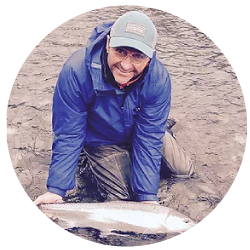
Stephen N. Bennett1,2,3
Ecologist, Adjunct Professor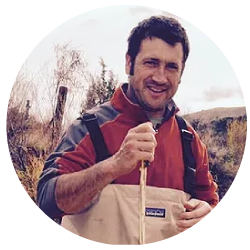
Nicolaas Bouwes3,2,1
Aquatic Ecologist, Adjunct Professor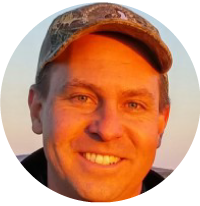
Jeremy Maestas5
Ecologist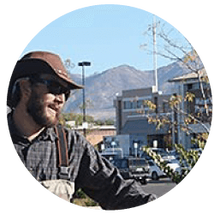
Scott Shahveridan2,1
Fluvial Geomorphologist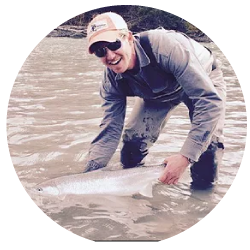
Nick Weber2,3,1
Fish Ecologist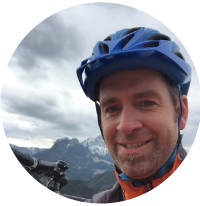
Joseph Wheaton1,2
Associate Professor, Ecogeomorphologist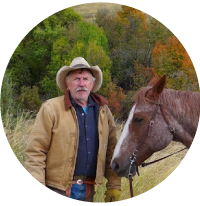
Jay Wilde
Rancher and Land OwnerInstructor Affiliations
Audience
The audience for this workshop series is primarily NRCS staff, and key partners. NRCS SGI states will select key representatives involved in mesic restoration to participate. Anticipated NRCS participants include state/area/local specialists (biologists/engineers) and select field staff. States may also opt to invite key partners who are invested locally in helping get mesic conservation on the ground. The overall goal is to build a cadre of staff in each State to evaluate the technique and serve as local sources of expertise across the range. To keep the hands-on exercises effective, we limited invitation only enrolment to roughly 45 participants per workshop.
Make it Count
Participation in the workshops is by inivitation only and is free. However, participants can receive 1.5 Continuing Education Units from Utah State University’s Restoration Consortium for $95.

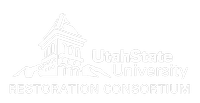



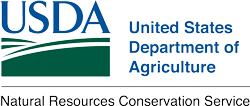
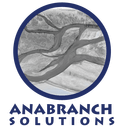
 Slides & Handouts
Slides & Handouts